I am learning to do a GUI using tkinter and I create an integer entry which is working fine except that whenever I run my program the number 0 is already put in the entry, is there anyway to remove it and just have nothing instead? It doesn't do that with strings
I checked answers like this one: https://stackoverflow.com/a/39879154/13061992 but I didn't work (the user already has said that is only for strings but I gave it a shot anyway)
To explain more, I am creating a text box using the following:
tries_var = tk.IntVar()
tries_label = tk.Label(root, text='Number Of Tries', font=('calibre', 10, 'bold'))
tries_entry = tk.Entry(root, textvariable=tries_var, font=('calibre', 10, 'normal'))
tries_label.grid(row=2, column=0)
tries_entry.grid(row=2, column=1)
When I run the program I have 0 written by default, like this:

I want to get rid of this and instead have the box to be empty, any help would be appreciated.